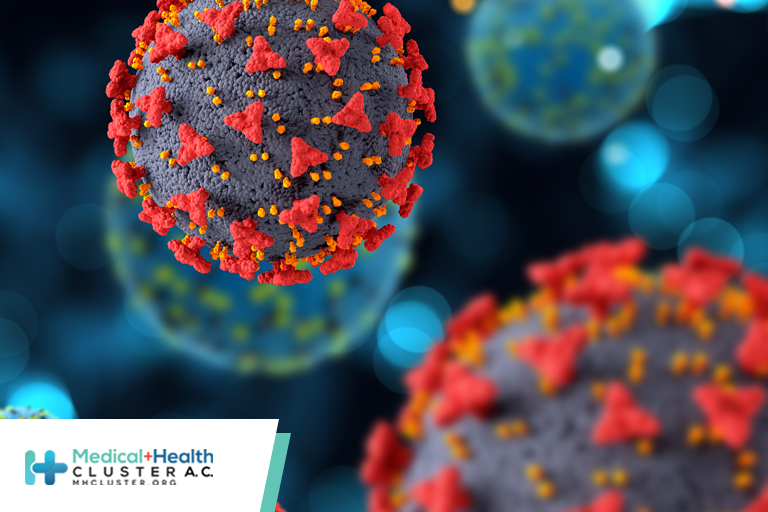En atención a la creciente preocupación sobre la confianza en...
Leer más
Testing…testing…1,2,3

A robust and responsive laboratory testing system is essential to our success in stopping the spread of SARS-CoV-2, the virus that causes COVID-19. Testing is important to diagnose illness when someone has symptoms or has been exposed to COVID-19, and to track illness trends in communities. Expanded testing helps pandemic response efforts in the United States and informs individuals’ actions to stop further spread.
CDC’s updated guidance on SARS-CoV-2 testing offers a comprehensive approach that helps prevent the spread of COVID-19. The new guidance explains reasons for testing, the impact of vaccination on testing, available tests used to detect COVID-19 infection, how to choose which test to use, and health equity issues related to testing. These recommendations can help health department staff, healthcare providers, school officials, and the public make informed decisions about COVID-19 testing as a critical component of our national testing strategy.
Last week, the U.S. Department of Education announcedexternal icon it would provide all states, Puerto Rico, and the District of Columbia with $122 billion to support states to reopen K-12 schools safely and equitably expand opportunity for students who need it most. The U.S. Department of Health and Human Services also recently announcedexternal icon $10 billion to support expanded COVID-19 testing in schools nationwide. Testing to diagnose COVID-19 in schools, together with universal and correct use of masks, physical distancing, handwashing, and cleaning and maintaining healthy facilities, can help schools protect students and their families, teachers and staff, and the broader community by slowing the spread of COVID-19 while returning to in-person learning safely.
CDC is also investing $2.25 billion to address COVID-19 health disparities and advance health equity among people who are underserved or at higher risk of exposure, infection, hospitalization, and mortality, including racial and ethnic minority groups and people living in rural areas. To help track disparities, COVID-NET Hospitalization Surveillance Network data now allows COVID Data Tracker users to view COVID-19-associated hospitalizations by race/ethnicity over time. Ending this pandemic requires that everyone has equal access to affordable and timely testing, treatment, and vaccination.
https://www.cdc.gov/coronavirus/2019-ncov/covid-data/covidview/index.html
Créditos: Comité científico Covid




